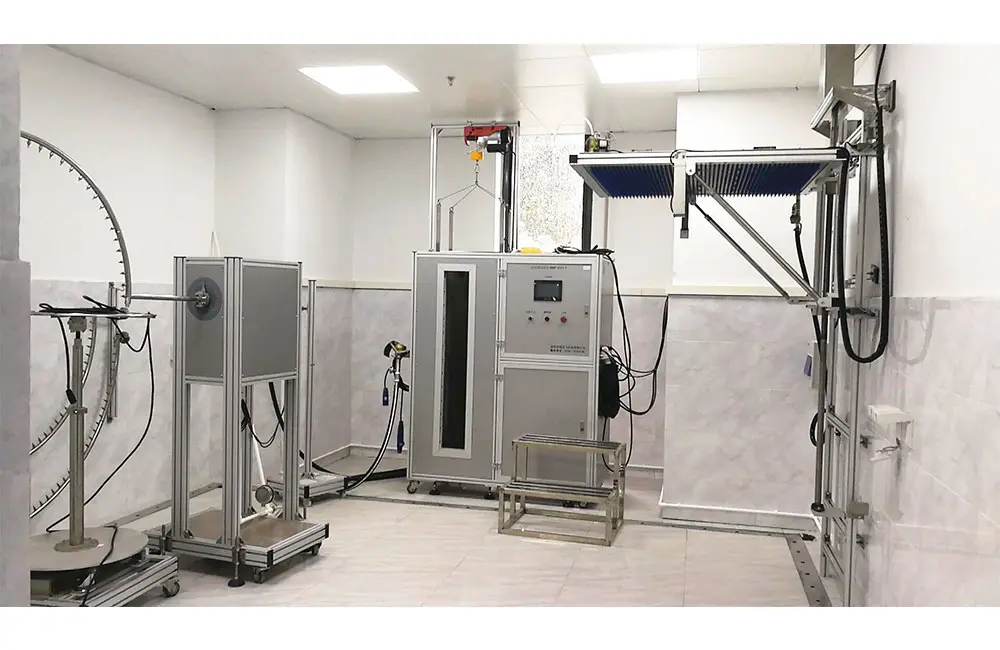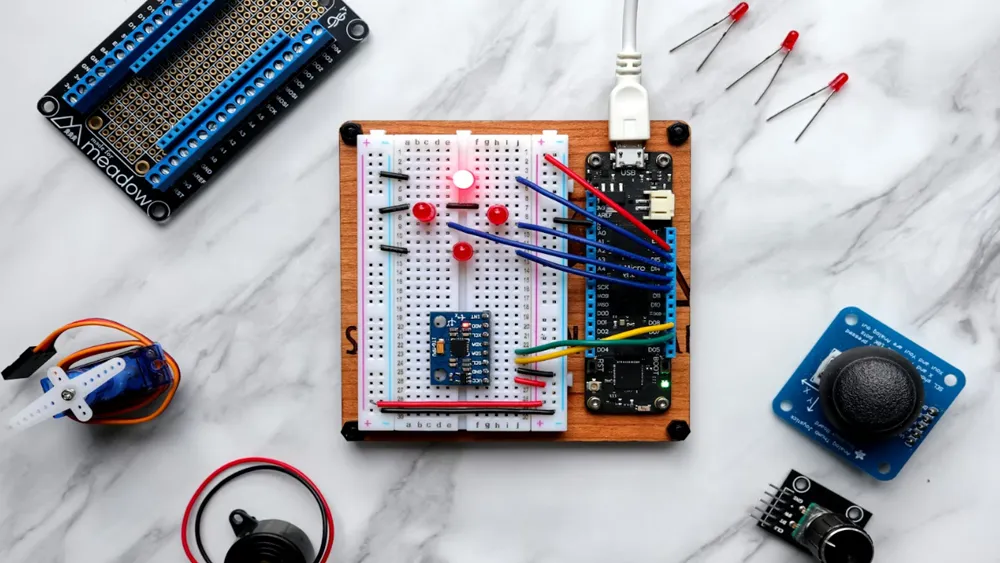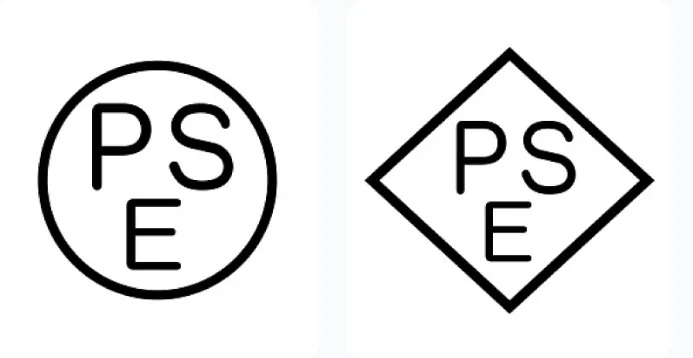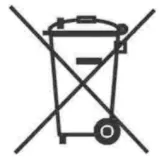
16 CFR 1210 Lighter Testing and GCC Certification
16 CFR 1210 is the U.S. safety testing standard for disposable lighters and novelty lighters, officially titled SAFETY STANDARD FOR CIGARETTE LIGHTERS. This standard is published in Part 1210 of Volume 16 of the Code of Federal RegULations. Below is a detailed explanation of 16 CFR 1210:

Background and Purpose
- Background: Lighters are products designed to produce a flame and are commonly used by consumers to ignite cigarettes, cigars, and pipes. However, if lighters are easily accessible to children and operated to ignite a flame, it may result in fire accidents, causing severe injuries and fatalities.
- Purpose: The purpose of the 16 CFR 1210 standard is to REDuce injuries and deaths caused by fire ignition from lighters in the hands of children under the age of 5. The standard ensures that the design and manufacture of lighters meet child safety protection requirements.
Regulatory Authority and Scope
- Regulatory Authority: The U.S. Consumer Product Safety Commission (CPSC) is the regulatory body responsible for this standard.
- Scope: The 16 CFR 1210 standard applies to disposable lighters and novelty lighters sold in the U.S. market. These lighters are typically used to ignite tobacco products like cigarettes and cigars, but may also be used to ignite other materials.
Key Requirements and Testing Methods
- Child Safety Features: The design of the lighter must include an effective child safety mechanism to prevent children under 5 years old from easily igniting it. This includes, but is not limited to, simulated child operation tests, which test how easily the lighter can be grasped, operated, and ignited by a child. These tests simulate a child’s grip and manipulation to ensure that the lighter is designed to prevent easy ignition by children.
- Automatic Reset Mechanism: After each operation, the child-safety mechanism of the lighter must automatically reset. This ensures that even if a child briefly ignites the lighter, it will automatically shut off after a short period, reducing potential safety hazards.
- Durability: The child-safety mechanism of the lighter must continue to function properly throughout its expected lifespan. This ensures that even after long-term use, the safety feature remains effective and continues to protect children from harm.
- Prevention of User Modification: The design of the lighter must ensure that users cannot easily modify or remove the child-safety mechanism. This increases the safety of the product, preventing users from bypassing the safety regulations by altering or dismantling the protective features.
gcc certification and Compliance Requirements
- gcc certification: Lighter products sold in the U.S. market must obtain a General Certificate of Conformity (GCC), which certifies that they comply with the product safety standards set by the Consumer Product Safety Commission. This includes meeting the requirements of 16 CFR 1210.
- Compliance Requirements: Manufacturers and sellers must ensure that their lighter products comply with the requirements of 16 CFR 1210 and clearly indicate this compliance in product descriptions and manuals. Additionally, they must provide testing reports from ISO 17025-accredited laboratories to demonstrate the product’s adherence to the relevant regulations.
In summary, the 16 CFR 1210 standard is crucial for ensuring the safety of lighter products and protecting consumers from fire-related injuries. Manufacturers and sellers must strictly adhere to the requirements of this standard to ensure their products comply with the relevant regulations and possess the necessary certification qualifications.
Email:hello@jjrlab.com
Write your message here and send it to us
 What is Amazon TIC and How Can Sellers Achieve Com
What is Amazon TIC and How Can Sellers Achieve Com
 2026 Battery UN38.3 Certification (Test Report) &a
2026 Battery UN38.3 Certification (Test Report) &a
 What is the IEC 62680 Standard? Compliance Interpr
What is the IEC 62680 Standard? Compliance Interpr
 Amazon Japan December Compliance Requirements
Amazon Japan December Compliance Requirements
 How to Check a CPSC-Accepted Laboratory?
How to Check a CPSC-Accepted Laboratory?
 WEEE Registration for Waste Electrical &Electr
WEEE Registration for Waste Electrical &Electr
 MSDS Chemical Safety Testing
MSDS Chemical Safety Testing
 What Are the Differences Between UK REACH and EU R
What Are the Differences Between UK REACH and EU R
Leave us a message
24-hour online customer service at any time to respond, so that you worry!




